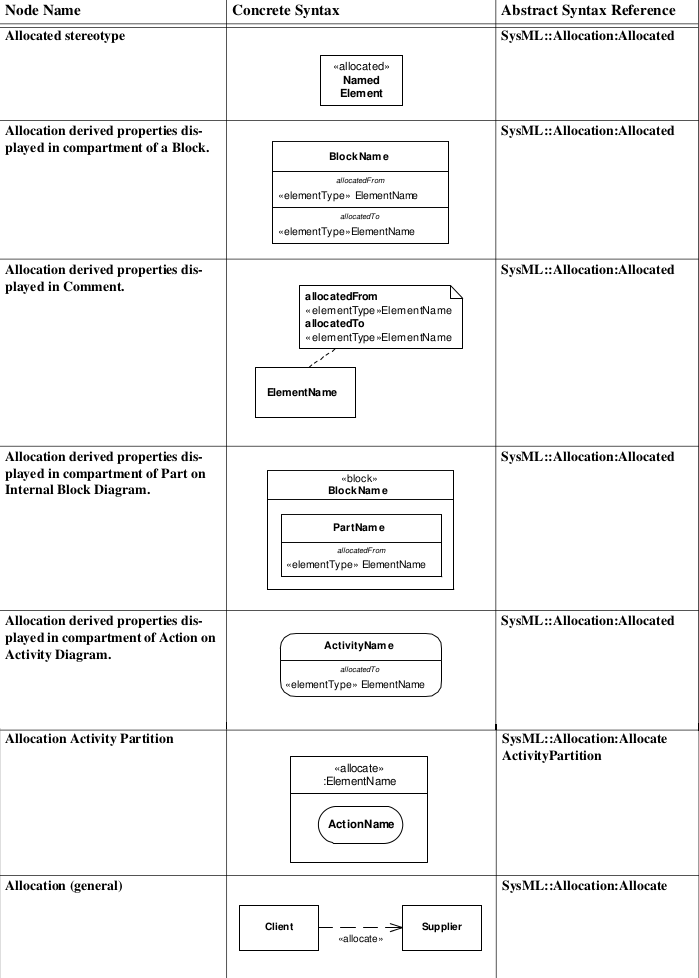Recently, I participated in a Stackoverflow exchange about the SysML Callout concept. The exchange was started in a wrong direction: the initial question was only about the UML language. This was a misconception as the Callout node is a SysML concept and that led to an inappropriate accepted answer which was in fact a non answer.
I write this blog post because I think the topic is an important element in modeling. SysML is a UML profile defined in the frame of the OMG. The SysML 1.3 formal specification poorly defines the term as the effective conceptual definition appears in Annex A, p. 168:
The callout notation provides a mechanism for representing relationships between model elements that appear on different diagram kinds.
Things become more complex to find the proper way to render a Callout. More indications are available in the Allocation section (p. 129):
The allocation relationship can provide an effective means for navigating the model by establishing cross relationships, and ensuring the various parts of the model are properly integrated.
Later (p. 131):
An «allocate» property callout uses the same shorthand notation as the «allocate» property compartment. This notation is also shown in Table 15.1.
Here is the table explaining the notation of allocations:

In some way, the SysML Callout overlaps the CallBehaviorAction action defined in the UML Superstructure 2.4.1 formal specification, section 1.3.9 on p. 251. This is probably because SysML, as an UML profile, relies on the UML infrastructure.
To be synthetic, relationships between model elements that appear on different diagrams are an important part of modeling. But the representation of a Callout is, in my opinion, not very simple and clear.